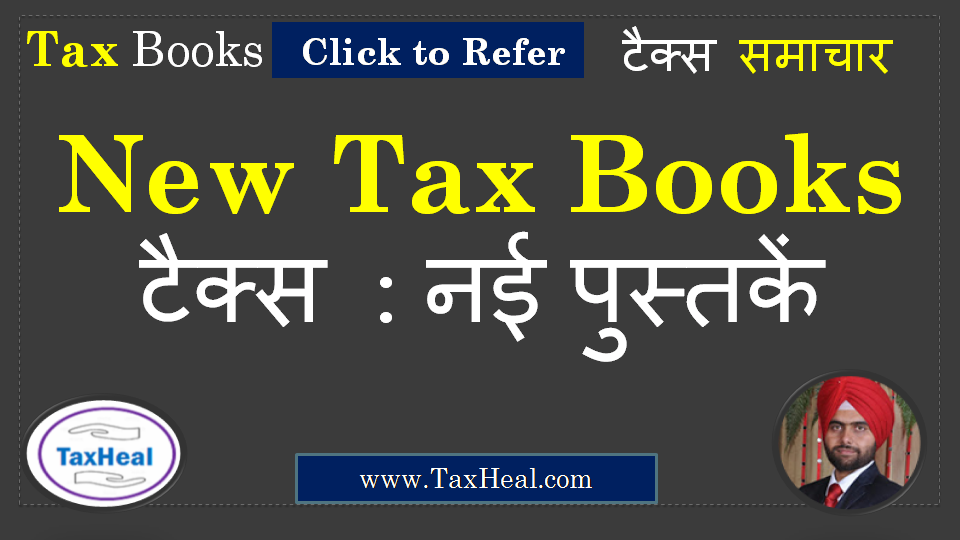Cross-charge transactions under GST
Cross-charge transactions under GST : An update on the draft GST law concerns:
Read a July 2016 report of KPMG
In this edition of GST updates, we shall analyse
(a) the taxability of typical transactions between a head office and its branch offices, and
(b) credit optimisation in case of centralised billing from the head office when branch offices are located at multiple locations and credit of common expenses incurred by the head office which pertains to different branch offices.
A. The taxability of transactions between the head office and its branch offices
Firstly, with respect to the taxability of transactions between the head office and its branch offices, at present, in case of intrastate or interstate transactions, any service provided by the head office to its branch office, is not covered under the of ambit of service tax net reason being that the head office and branch office are not two separate and distinct legal entities. Consequently, in the case of intrastate or interstate transactions, any service provided by the head office to its branch office is classified as service to self and thus, not taxable.
However, under the model GST Act, the above key concept of ‘service’ requiring two distinct legal entities appears to
have been diluted through the peculiar definition of ‘taxable persons’ in the model GST law. It is defined under Section 2(96) read with Section 9 of the model GST law, to mean a person carrying on any business at any place in India/state of India, who is registered or required to be registered for CGST/SGST, subject to the specific exclusions since separate registration is required for different branch offices located in different states.\
In light of the above, in the case of interstate transactions, in view of the fact that the service transactions between the head office and its branch offices are between two ‘taxable persons’, service charges may attract Integrated Goods and Service Tax (IGST). Further, in the case of intrastate transactions, where the head office and its branch offices have separate registrations, even then the service charges may attract Central Goods and Service Tax (CGST) and State Goods and Service Tax (SGST). As a corollary, it appears that in the case of intrastate transactions, where the head office and its branch offices do not have different registrations, then no CGST and SGST may be payable.
B. Credit optimisation and credit of common expenses
There might be instances where expenses can be incurred by the head office, however, the services shall be availed by the branch offices as well.
For instance: An entity has establishments in the state(s) of X, Y and Z and thereby has registration in all three states. Certain services are provided to all three establishments, however, the invoice is issued in the name of the establishment which is registered in state X. Now, at the time of availing input tax credit in state X, the proper officer may deny the availment/utilisation of entire tax credit basis the fact that services were not used
entirely in state X. Similarly, an issue may arise with respect to establishments located in state(s) Y and Z for entitlement of credit.
With regard to the above hypothetical situation, there is usually no challenge under the current regime since the
existing service tax laws provide for centralised registration.
However, under the model GST law, centralised registration is not envisaged. Similarly, for credit optimisation in the case of centralised billing, there may be instances where the invoices are raised whereas services are provided from various branch offices located at different locations. The question that arises is what will happen to the credit lying at such branch offices since no billing is taking place at those offices. To address this situation, one of the options could be to amend the contract with the customers which could allow all establishments to raise separate invoices on the customers directly, pursuant to which respective establishments can claim credit (against
GST payable by them on their billing)/refund (in the case of exports). However, it is important to note that resorting to such means can be a cumbersome process, and it may not be business friendly.
The other mechanism through which input tax credit could be availed by all establishments under the model GST Act
is of Input Service Distributor (ISD). Section 2 (56) of the model GST Act defines ISD to mean an office of the supplier which receives tax invoices towards receipt of input services and thereby issues tax invoices or other documents as may be prescribed for the purposes of distributing credit.
Further, Section 17 encapsulates the manner of distribution of credit by ISD. Upon close reading of the provision, it
becomes pertinent to note that the manner for distribution is not yet prescribed which is creating ambiguity as far as
implementation is concerned
Conclusion
In light of the above, taxpayers can do well to undertake a thorough impact analysis to calibrate their functioning to adopt to the new realities which would be ushered in by GST, with specific emphasis on head office-branch office transactions.
cross charge under gst , cross charge in gst , cross-charge transactions under gst , cross charge of expenses under gst
concept of cross charge in gst ,what is cross charge under gst ,concept of cross charge under gst



